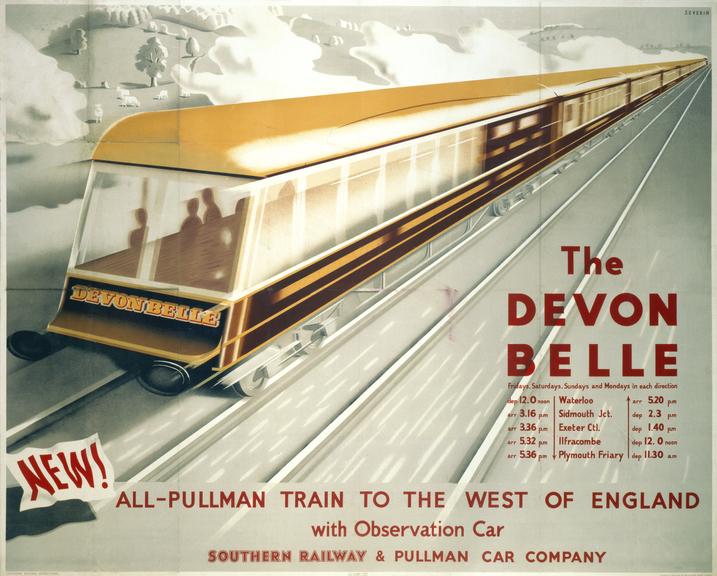Many visitors to Malta these days visit The Malta Experience at the Mediterranean Conference Centre, situated opposite Fort Elmo in Valletta, unaware that this building, which overlooks the Grand Harbour, once housed the most important hospital in the Mediterranean – the Sacra Infermeria – built by the Knights of St John of Jerusalem. I visited this remarkable place one year ago, and was disappointed to see that most people only went for the Malta Experience film portraying the island's history, yet only a handful chose to do the second tour of what was once described in the 17th Century, as the best hospital in Europe,
The hospital was built in 1574 by Grand Master Jean de la Cassiere (1572-82) after the previous great Knight, Jean de la Valette, embarked on building Valletta, making it the capital of Malta after defeating the Ottomans in the Great Siege of Malta in 1565
The Knights of the Order of Saint John, or Knights Hospitallers as they are also known, were a Catholic military order founded in the 12th-century in Jerusalem and were known for their care of sick and injured Christian pilgrims. By the time of the success of the First Crusade in 1099, the Hospital of St John was already well-known among pilgrims and regarded as a separate organisation from the monastery of St. Mary. The brothers at the hospital saw it as their duty to provide the best possible treatment to the poor. The monastic Hospitaller Order was formally created when the Pope issued a papal decree, Pie postulatio voluntat, on 15 February 1113 to the head of the Hospital of St John, Blessed Gerard de Martiques.
The Sacre Infermeria has 6 levels and the first level, once used for the poor, is now used for events such as CHOGM ‘67, the Malta Regatta Dinner, and other prestigious events. Halfway down this room, there is a ramp where the poor entered. The Old Ward was later extended during the years 1660 to 1666 under the rule of the Cotoners. During this time, arches were spaced between the beds. Grand Master Nicholas Cotoner (1663-80) also founded the School of Anatomy and Surgery here; the forerunner of the Medical School of the University of Malta. The Great Ward is 155 metres long by 10 1/2 metres wide and could house 300 single beds and 914 patients with each bed allowing for 3-4 people. Interestingly, the rich still received the same service, True to their faith, no one of another faith was turned away. There was also the Phalangue, an irregularly shaped section of the infirmary reserved for patients suffering from contagious or venereal diseases. Some with contagious illnesses were later sent elsewhere, usually to the area in Marsamxett Harbour which was primitive and provided little accommodation and comfort, although the area was used when plague afflicted Malta in the first half of the seventeenth century. Quarantine was forty days, representing the forty days of Jesus in the desert.
It should be noted that fear of contagious diseases was rife at the time. Passengers and goods arriving on ships, even with a clean bill of health, were required to remain under observation for a short period of quarantine. The site selected was very convenient. It was on the south side of the new city below the Castille bastion and the Lower Barracca, along the Valletta wharf of the Grand Harbour. There was a row of stores and warehouses, above which was residential accommodation for passengers and crew kept under observation. A special loggia was also built for the benefit of distinguished passengers. A few yards away from the isolation quarter a row of bollards formed a barrier to keep away unauthorised persons from entering the quarantine. That barrier gave rise to the name by which the wharf is now known - "Il-Barriera". From here they could safely approach the hospital.
Five rooms were specifically sectioned off for venereal disease patients needing mercury inunctions. The Great Magazine Ward consisting of 109 beds for sailors and soldiers of the Order, as well as galley-slaves was located in the basement of the infirmary. On the second basement level, was the Magazine Ward with 36 beds for the mentally ill.
To clean the wounds, vinegar was used. Sea salt and honey were also used for infections as an antiseptic. It is said that kidney stones could be removed safely within a matter of minutes and amputations were swiftly dealt with by the sword.
For all this goodness, women were not admitted. If a woman was rich, a doctor would personally visit her home. For all other women, a cross was painted on the patient’s door and a nun would pay her a visit. Normally all nuns acquired some medical education. Women were not even allowed to visit their male relatives at the hospital.
In the Great Ward, one can still see ventilation holes along the wall facing the inner walled garden, which is where the auditorium for the Malta Experience now stands. In its time, the garden would have been large and built after the style of Arab gardens, containing citrus fruits and many medicinal herbs. The scent would have been wonderful. Such gardens still exist in Malta but on a smaller scale. The Monastery of St Catherine’s is one of them. It shows that they processed their own rose and orange water and had an abundance of honey.
Towards the closing stages of the 18th century, there was a general decline in the Order. Life had changed and the Knights of St. John were losing their raison d'être. Liberal ideas were spreading throughout Europe and to make matters worse, the French Revolution led to all the rich estates of the French langues being confiscated, pushing the Knights to the brink of bankruptcy. This decay was reflected in the administration of the Sacra Infermeria, where conditions were vastly different from those of its former days. In 1786, the noted English philanthropist John Howard, visited Malta's hospitals and recorded his impressions in a book titled 'An Account of the Principal Lazzarettos in Europe'. His account of what he saw in Malta was anything but flattering and is one of the first indications of the decline of the Order's hospital. According to his report, doctors doing their rounds were forced to press a handkerchief to their faces to ward off the unbearable stench.
The building was used by the British Military Forces as the Garrison Hospital (1800-1920) At the time, British soldiers suffered an outbreak of what was called the Malta fever. The disease caused undulant fever in men and abortion in goats. It is transmitted by goat milk. In 1886, the medical facility became well known when Major-General Sir David Bruce, (29 May 1855 – 27 November 1931), became chairman of the Malta Fever Commission that investigated the deadly disease, by which he identified a specific bacterium as the cause. Bruce was born in Melbourne, Australia, to Scottish parents, engineer David Bruce and his wife Jane Russell Hamilton, who had immigrated to Australia in the gold rush of 1850. He returned with his family to Scotland at the age of five. Sir David discovered the bacterium, now called Brucella, in 1887 along with the bacterium and the disease it caused. Brucellosis, together with the protozoan Trypanosoma brucei, are named in his honour.
During WWII, the building suffered severe bomb damage but was later restored.





.webp)






_2.webp)






























